Advantages of Flame Retardant Cables: Ensuring Safety
 Aug 17,2022
Aug 17,2022

 Red Banner Electrician
Red Banner Electrician
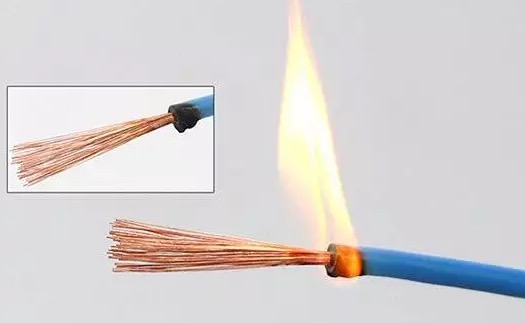
Flame retardant cables are essential components in the construction and safety of buildings and infrastructure projects. These specialized cables are specifically designed to prevent the spread of fire and minimize damage caused by flames in the event of a fire incident.
Fireproof cable manufacturers utilize a variety of materials and technologies to achieve flame retardancy. The most commonly used materials for flame retardant cables are PVC (polyvinyl chloride) and polyolefins. PVC, a highly durable plastic, offers fire resistance and is often employed for insulation in electrical cables. Conversely, polyolefin, derived from polyethylene, is renowned for its excellent flame resistance and flexibility.
In addition to utilizing flame retardant materials, these cables undergo chemical treatment to further enhance their fire resistance. Flame retardants, special chemicals, are added to the cable's insulation to impede the spread of flames along its length.
Flame retardant cables possess crucial characteristics that make them indispensable. One of the most significant properties is their ability to maintain structural integrity during a fire. This aspect is particularly critical in buildings and structures where cables play a vital role in electricity transmission. Cable failure during a fire can exacerbate the spread of flames or result in hazardous electrical failures. RedBanner Electrician retardant cables, designed to function even in the event of a fire, enable safe building evacuations and minimize structural damage.
In addition to their applications in construction, flame retardant cables find wide usage in various industries. For instance, they are commonly employed in transportation infrastructure, such as the wiring of trains and buses. Furthermore, the oil and gas industry relies on them to power offshore drilling platforms and other equipment.
While flame retardant cables offer numerous advantages, there are also potential drawbacks to consider. Environmental concerns arise from the chemicals used in the production process. Many of these chemicals are toxic and can have adverse effects on the environment and human health if not handled properly. Additionally, cost is a factor to consider, as flame retardant cables tend to be more expensive than non-plenum cables, making them less appealing to budget-conscious consumers. However, the enhanced safety and protection provided by fire-rated cables often outweigh these considerations, making them a worthwhile investment.If you still want a higher-demand cable, LSZH (Low Smoke Zero Halogen) cable will be your best choice.
Overall, flame retardant cables are indispensable for ensuring safety and maintaining the structural integrity of buildings and infrastructure projects. Their ability to impede the spread of flames and withstand fire makes them invaluable in safeguarding people and property. While there may be potential disadvantages associated with their use, the benefits of flame retardant cables generally outweigh any drawbacks.


 HOME
HOME What is the minimum bend radius for your flexible cables, and how does it impact their performance and longevity?
What is the minimum bend radius for your flexible cables, and how does it impact their performance and longevity?  You May Also Like
You May Also Like



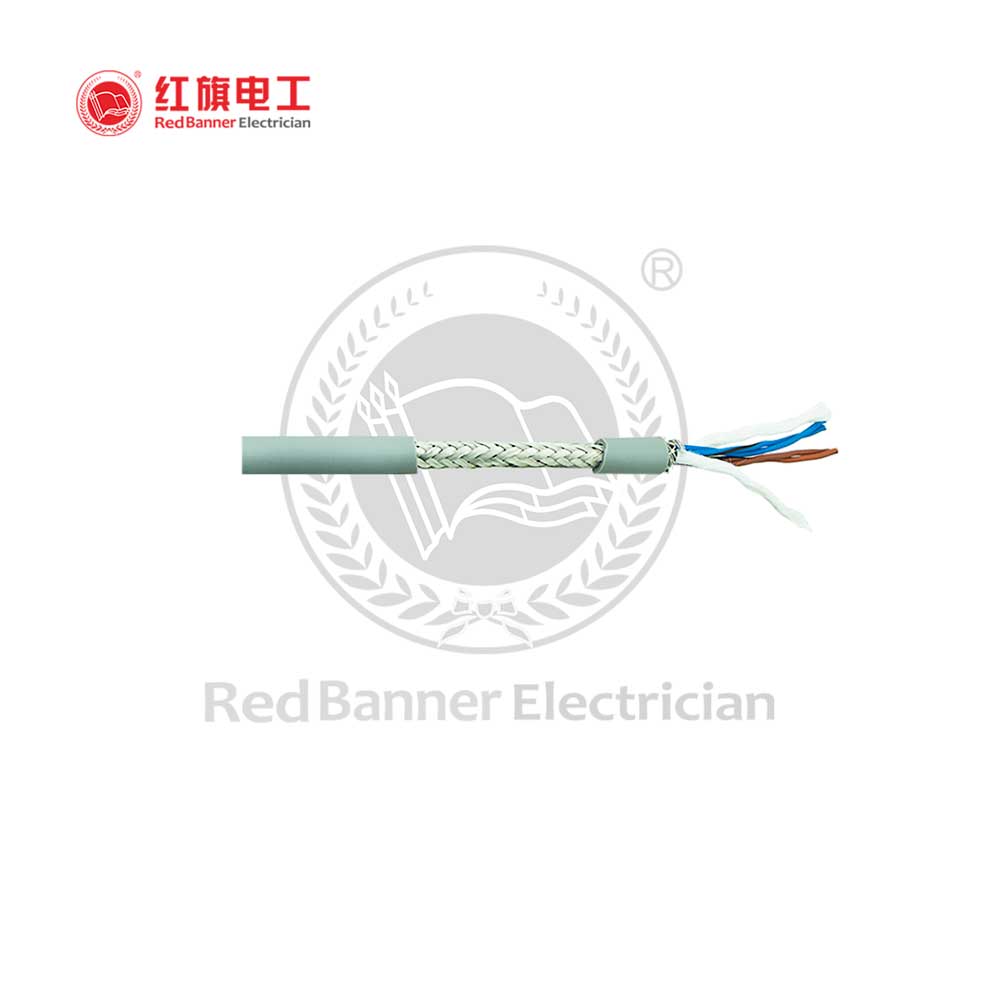

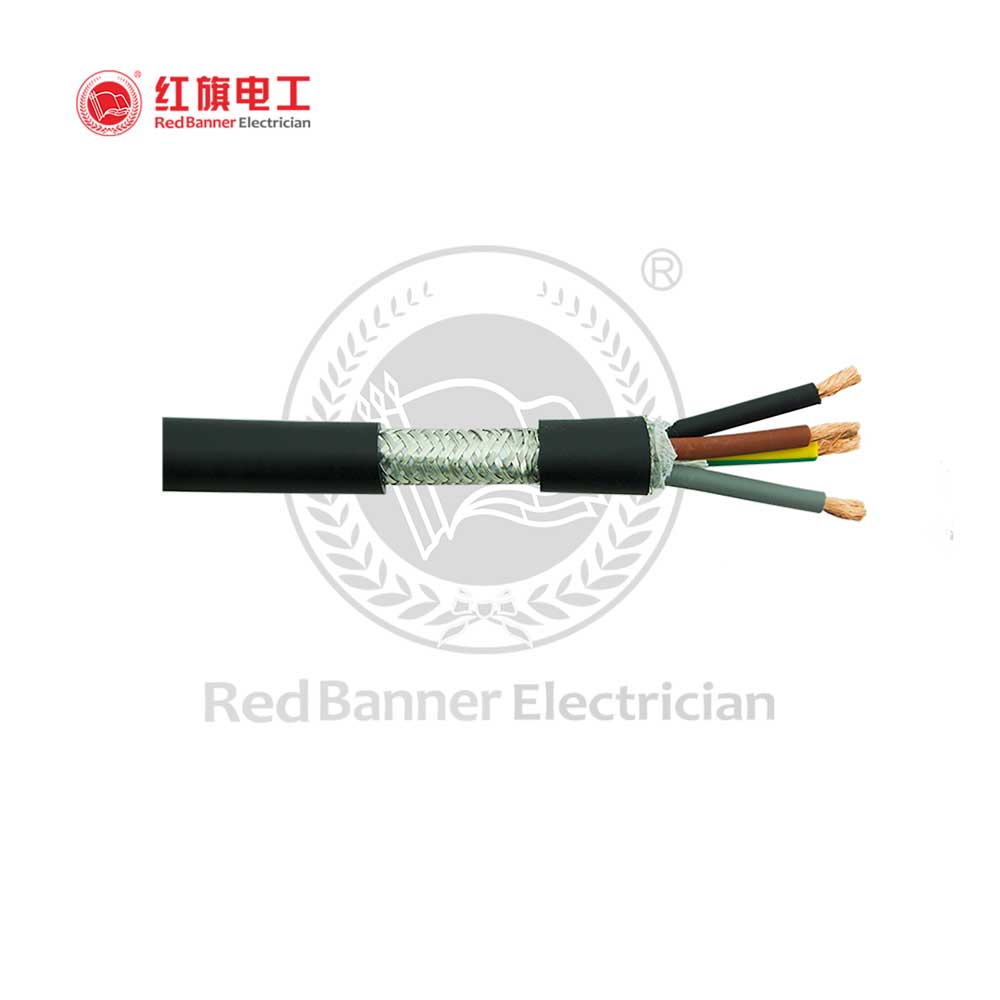

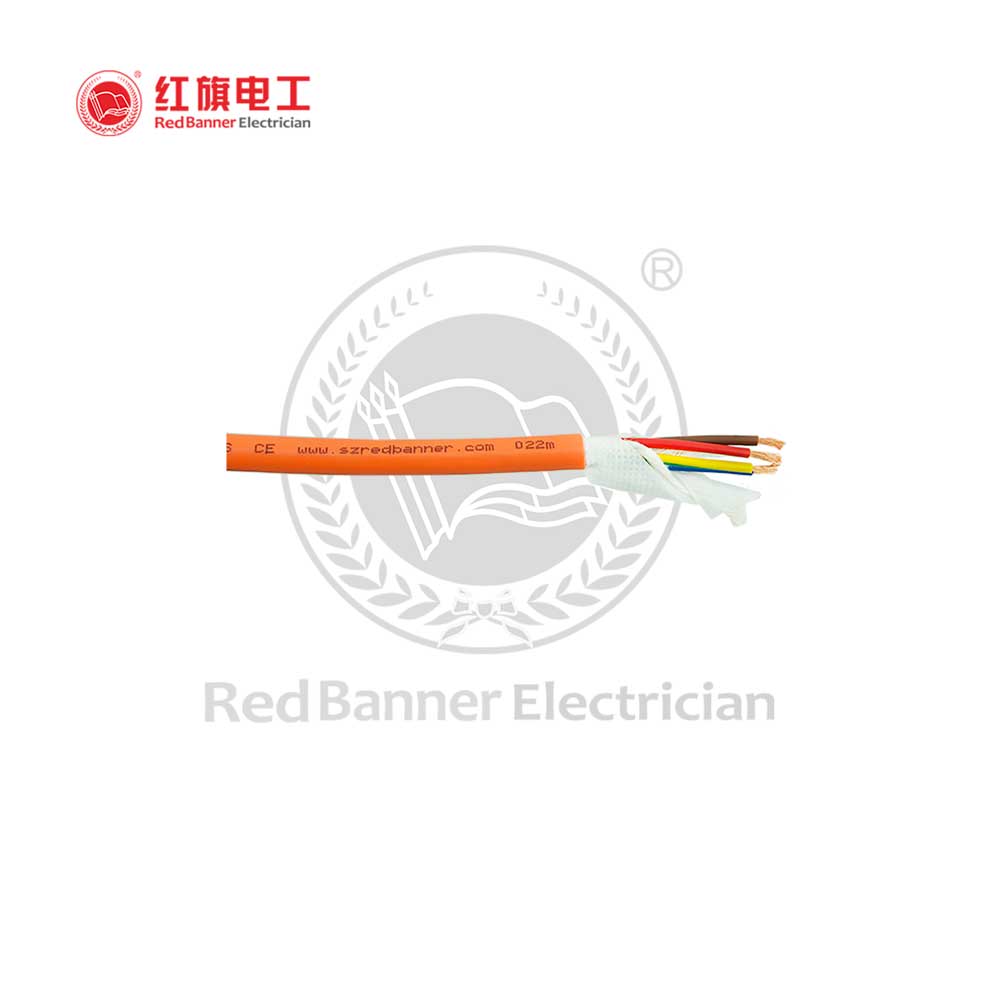
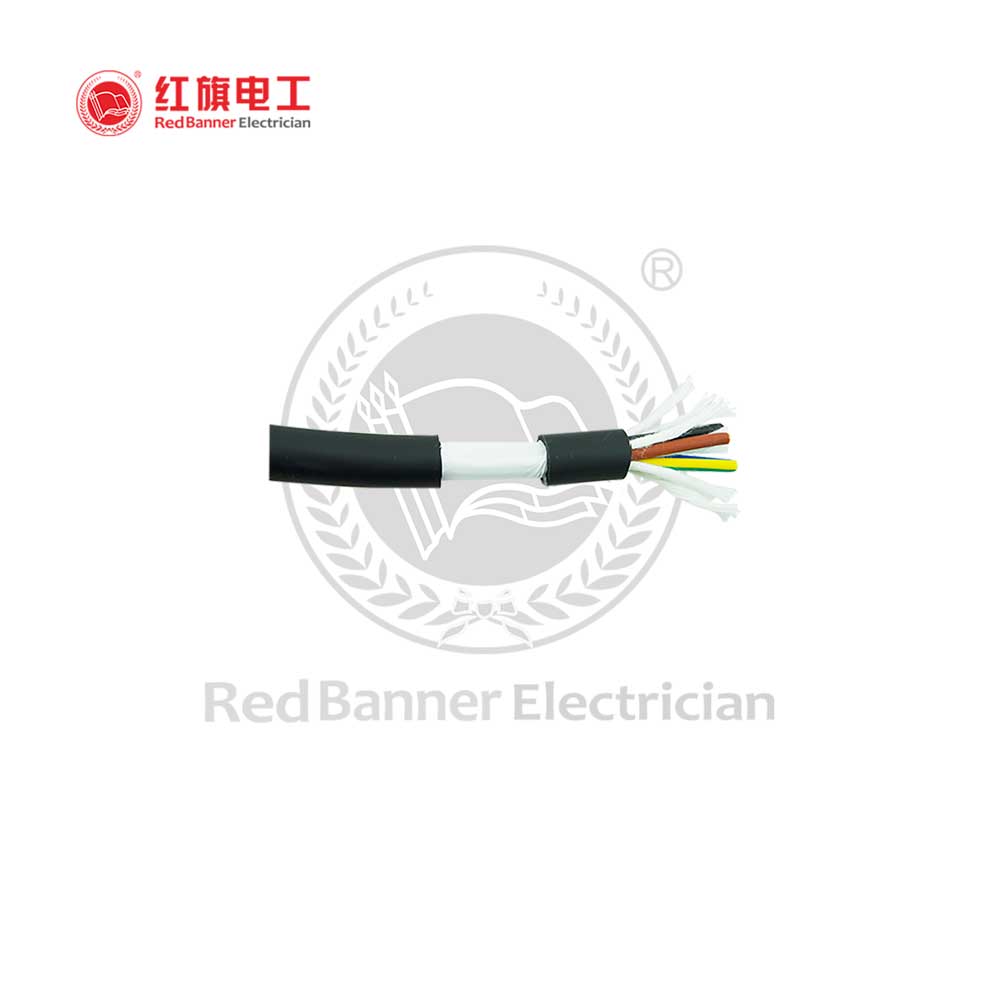

 Tel
Tel
 Email
Email
 Address
Address









